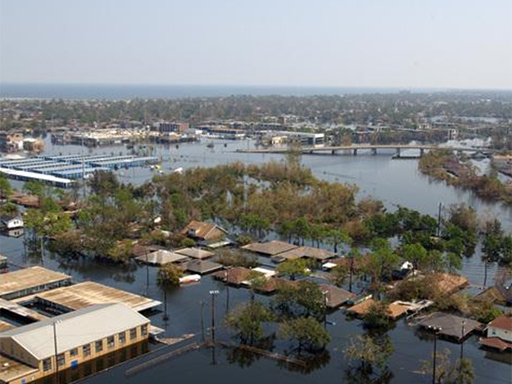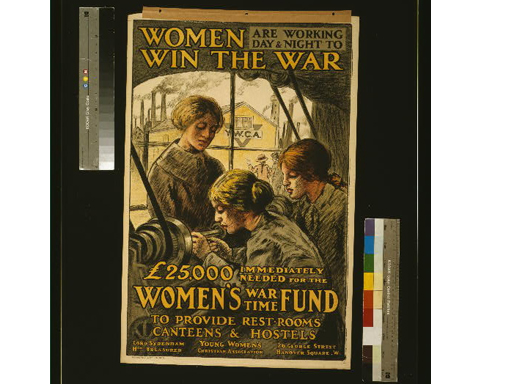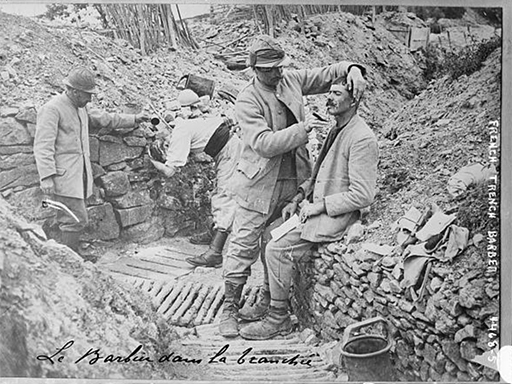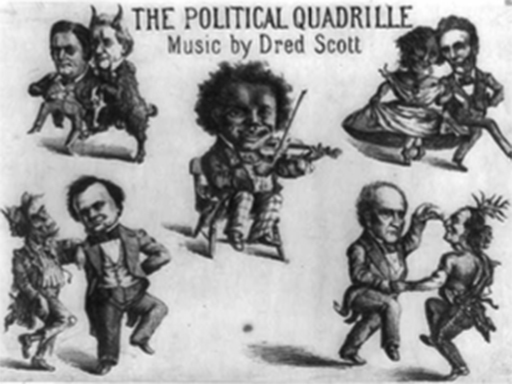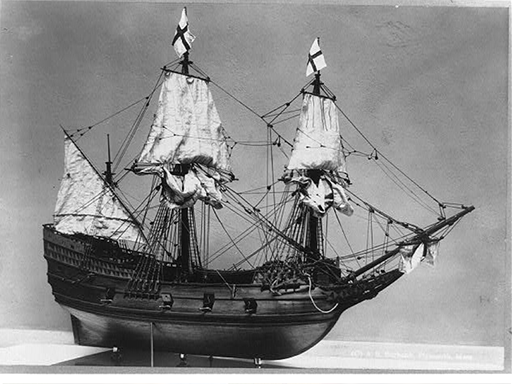
Using primary sources - History Smasher - The Mayflower
Students will use a primary source to gain knowledge prior to reading the graphic novel "History Smashers - The Mayflower"

Celebration of Indigenous Cultures
Students will utilize resources to learn about various Indigenous people in North America. Students will create a totem pole that includes artifacts representing their research findings about the Catawba, Cherokee, and Yemassee tribes.

Social Ramification of World War II
Students will analyze primary and secondary sources to identify how the ramifications of WWII impacted the political climate of the U.S.
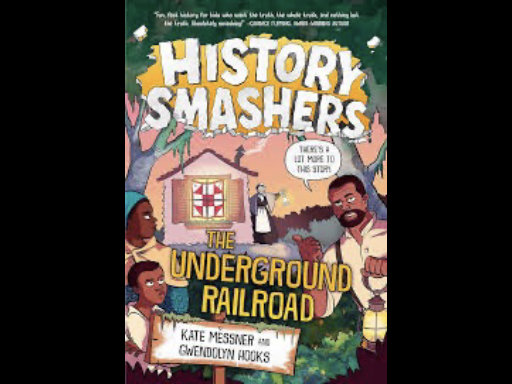
True Stories of the Underground Railroad
Students will create a quilt based on the escape of a person that had been enslaved.

The Boston Tea Party: Who spilled the tea?
This lesson incorporates primary sources and close reading skills to evaluate and understand how the Boston Tea Party was one event that led to the American Revolution.

The Myth of Thanksgiving
Students will uncover the true story behind the Pilgrims’ first Thanksgiving and discover how it became a national holiday.
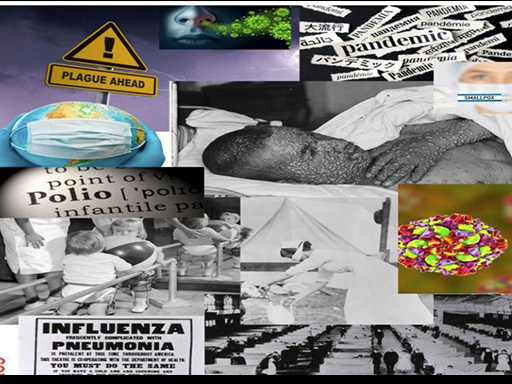
Plagues & Pandemics: Reading to Understand Nonfiction Text
Students will read excerpts from Kate Messner’s, "History Smashers Plagues and Pandemics" and primary sources from the Library of Congress to strengthen their critical reading skills in nonfiction.

Votes for Women: Raising Voices, Changing History
In this lesson, students will explore the historical struggle for gender equality, focusing on the women's suffrage movement.
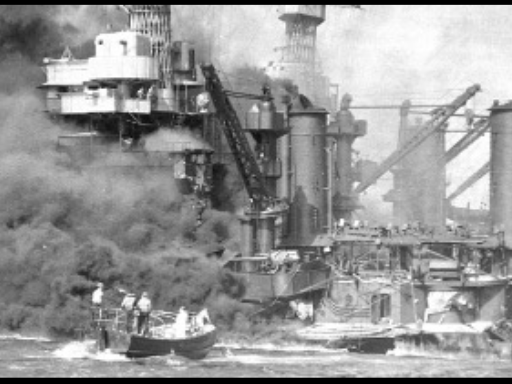
The People in the Aftermath of Pearl Harbor
Students will analyze multiple perspectives about Pearl Harbor using primary sources.
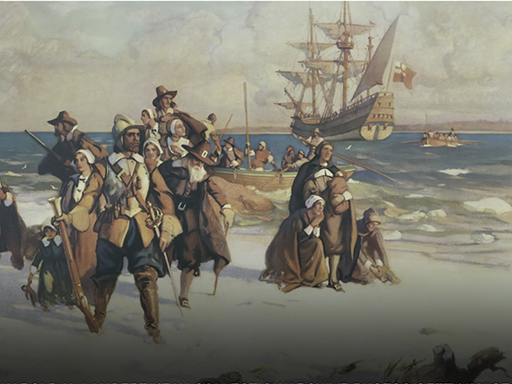
The Mayflowers - What Really Happened
Combining the book, History Smasher - The Mayflower, historical images and texts to help students to learn how to identify and use reliable sources in research.
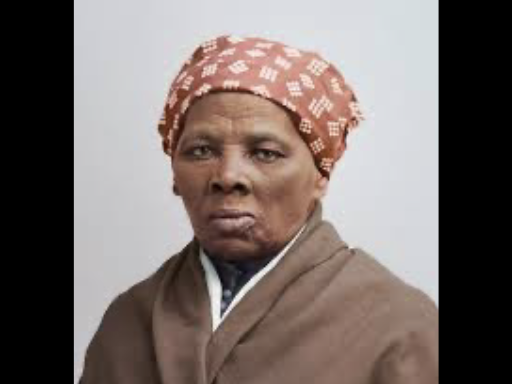
No Risk, No Reward
Exploring taking risks and making bold decisions from a historical perspective and its impact on the present using History Smashers: The Underground Railroad.
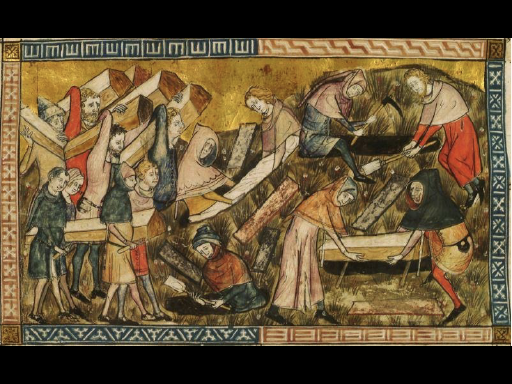
Plagues and Pandemics: Using Kate Messner’s visual graphic non-fiction in 6th Grade Social Studies with primary sources.
In a two part lesson, students will be using primary sources and Kate Messner’s book to draw greater interest to 6th grade social studies standards.
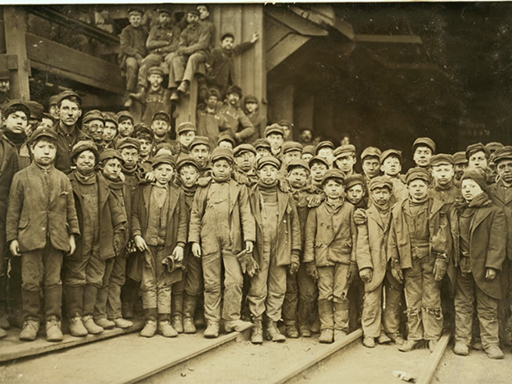
The Impact of Child Labor in American Industry
This lesson examines the effects of child labor during the Industrial Revolution in America, exploring its social and economic implications.

Japanese Internment Camps
Students will analyze and learn the effect that the impacts of government policies, after the attack of Pearl Harbor, had on Japanese-Americans.
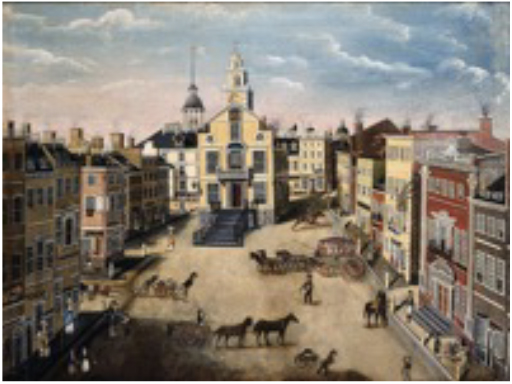
How did the colonists use the Boston Massacre to their advantage?
Students will be able to summarize the Boston Massacre. Students will be able to explain how colonists used this event to their advantage.

Raid of No Return
Contextualize the technological and geographic influence on military strategies in the Pacific during WWII.

Is Space a Place for the Ladies?
Based on primary and secondary sources (Astronauts Women on the Final Frontier, students will construct an argument on whether they support the science behind sending women to space..

Using Primary Sources for Informational Writing
Students will read the book, The Titanic Disaster and connect the author’s research with primary sources. Students will work on informational writing on the Titanic.
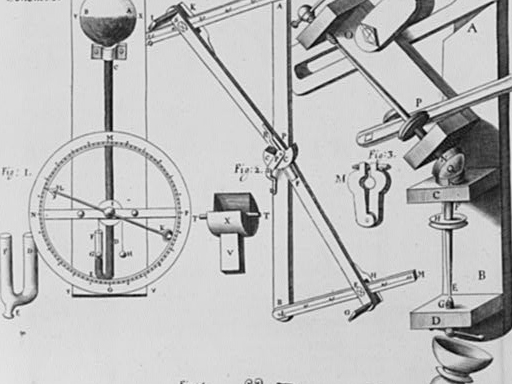
What you can’t see
Using the primary source of the diagram of an early microscope (1665) and the graphic novel, Human Body Theatre, students will learn about cells and build a microscope.

Researching the Mercury 13
Brief and accurate description of the lesson plan in one sentence The students will select one of the Mercury 13, research her, and report their findings in a comic strip (like a graphic novel).

Solar System Odyssey: Discovering Planets, Moons, and Beyond
Students will read the graphic novel A Day in the Life of an Astronaut, Mars, and the Distant Stars, explore primary sources to compare properties of the planets, and create a scale model of the solar system.

The Brain and Our Senses
The teacher will show the students a video of a MRI scan of a brain listening to music. The teacher will assign the student groups pages to read in the book Science Comics The Brain.

The Skeleton Stations
Students will use primary sources to link with the graphic novel, Human Body Theater. Students will research the use of skeleton’s in bodies and the foods or nutrients that build out bones.

Using Reliable and Relevant Primary and Secondary Sources
The lesson plan will teach students to develop research questions, find and select primary and secondary sources determining their relevance to the research topic.
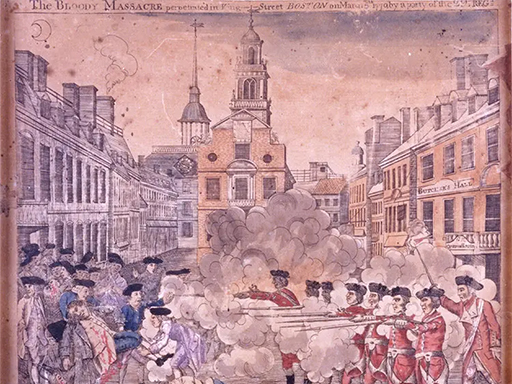
Using Graphic Novels to Uncover the True Story of the Boston Massacre
After learning the elements of graphic novels and evaluating primary sources, students will discover how nonfiction graphic novels contribute to their understanding of primary sources.

Astronauts & Discus
Students will utilize Discus to find primary sources to help craft a biography about a subject discussed or mentioned in the graphic novel Astronauts.

The Great Depression
Students will be able to evaluate the economical, political, and social impacts of the Great Depression from the perspective of people in Key West Florida by examining pictures and the graphic novel, Turtle in Paradise.
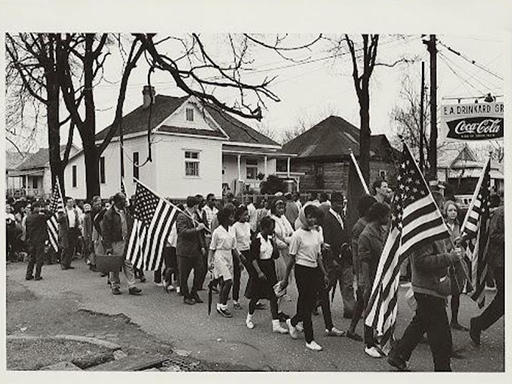
Silence and Violence: The Struggle for Civil Rights in SC.
Students will analyze and compare/contrast artifacts that explore Civil Rights movements nationally and locally.
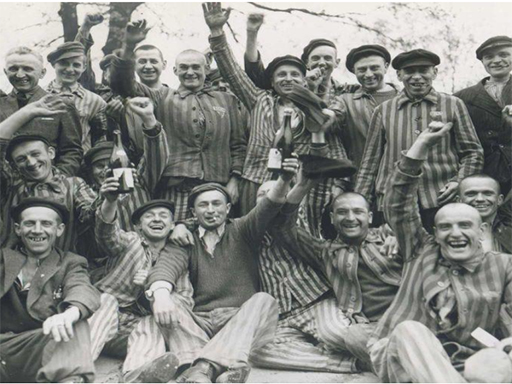
Surviving the Holocaust: Holocaust survivors' impact on South Carolina’s history.
Due to the devastating effects of nationalism that led to World War II and the Holocaust, many refugees and survivors were forced to flee.In South Carolina, the survivors contributed to the economic and social development of their new home.
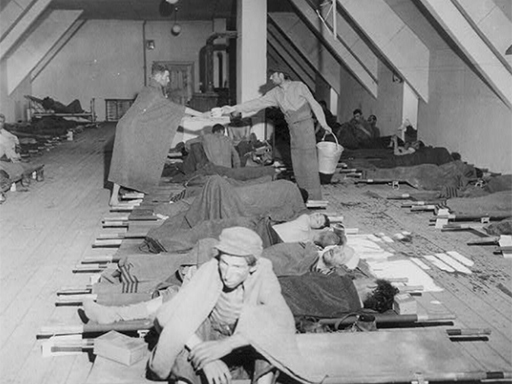
Going Beyond “I Survived” : Analyzing the Lives of Holocaust Survivors Following Liberation
Students will analyze and explore primary sources to build a deeper understanding of the ongoing human struggle following liberation from Nazi concentration camps during WWII.
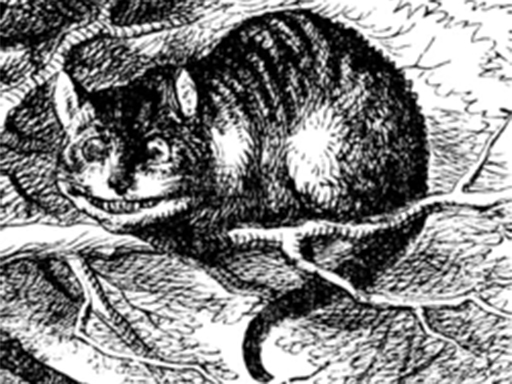
“We’re all mad here.”
Students will participate in a gallery walk viewing and commenting on photographs of immigration to America. Students will examine primary sources about immigration to the United States and reflect on how the immigrants might have felt about being new to the US.

Exploring the American Revolution and Primary Sources using the Graphic Novel One Dead Spy
Students will read the novel, look at primary sources from the Stamp Act and the Boston Massacre, and create a presentation on why the colonists felt they needed to revolt against Britain and their favorite scene from the text.

Fall, 1777-Spring, 1778: The Military Mind of the Marquis
Using selected pages from Nathan Hale’s graphic nonfiction Lafayette! and a small variety of excerpts from primary sources, students will begin to develop a sense of the role of the French, specifically Marquis de Lafayette, as part of the struggles that eventually lead to the ultimate victory of the American army in the Revolutionary War.

